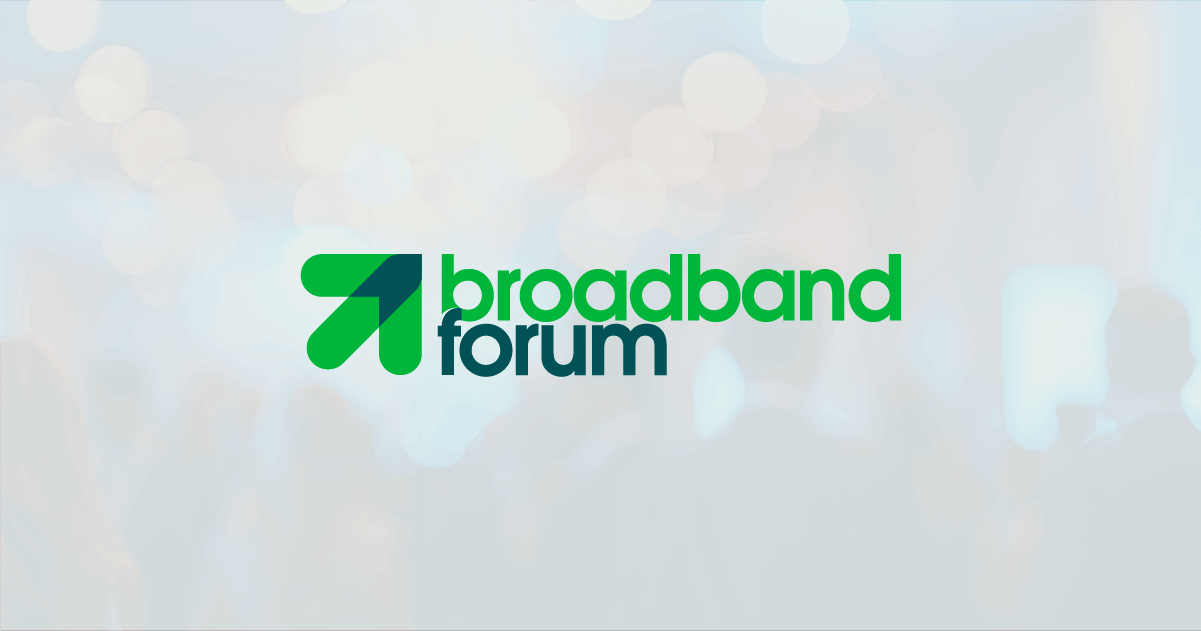
By Craig Thomas, CEO at Broadband Forum
For the past 30 years, the broadband industry has been focused on solving the connectivity problem. But as we move beyond speed and capacity, the focus has rightly turned to delivering a reliable connection from the data center all the way to the customer premises. Quality of Experience (QoE) is already as impactful to the end-user’s satisfaction as speed.
Broadband networks that deliver the applications and services that subscribers want will empower broadband service providers (BSPs) to differentiate, add value, and monetize. First, it is important that we have a service-level understanding of QoE demand to enable us to apply more intelligence within the network.
A step to differentiated services
Global BSPs have long been planning to differentiate customer QoE on a per service basis. Adding application aware intelligence and monitoring will help ensure relevant QoE per application. This will be an important differentiator when monetizing new services.
When we look at broadband networks today, the only differentiator is speed and price. But now application appropriate QoE is moving up the priority list. But we need to educate the end-user so that they understand what QoE and latency mean.
The number of people working from home (WFH) has decreased slightly since the uptake during the global lockdowns, but this still accounts for an average of 25% of households applying for a WFH service in the Western economy. There is also a notable percentage (around 20%) of gaming households.
Our industry experts at the Broadband Forum agree that over the next decade, speeds beyond one or a few gigabits is not necessary. Active gamers, remote workers, and hyperscalers all reaffirm that view. As we try to educate the end-user on QoE moving forward, this can be the clear differentiator rather than trying to sell a 10G as a service.
Putting the jigsaw pieces together
The newly-formed Service Requirements Work Area will provide guidance on the requirements relevant for the industry to drive the technical, services-led work of Broadband Forum’s future projects. The group has recently started its first project, which is set to define all the appropriate types of QoE, and the subscriber’s and BSP’s requirements. It is set to act as a useful tool for BSPs to check the level of broadband quality they deliver.
Typically, BSPs have offered ‘connectivity plus’ services, such as speed tests, managed Wi-Fi, or voice assistants, which are added on top of the connection. For the next-generation of services, video streaming, gaming, e-health, and the managed IoT service, latency and QoE have become critical.
There are a number of different jigsaw pieces that must be put together to offer the end-to-end QoE across the broadband network. From a data centre or metro edge, all the way to CPE, the device, and the application inside the device. That is where QoE measurement has to happen.
In the Connected Home, our work on containerization has seen BSPs harness the appropriate measurement tools. Going from the home to the data center, UDP (User Datagram Protocol) based speed tests are providing a continuous latency management test and accurate metrics for multi-gigabit connectivity. The mechanisms, software, and tools making this happen are being built by the BSP community itself. Similarly, our members have delivered the gold standard for evaluating and certifying the real-world performance of Wi-Fi Access Points and Residential Gateways with our TR-398 Wi-Fi Performance specification and Certification Program. This performance validation ensures superior Wi-Fi quality for end-users.
We must also shift from delivering greater capacity to less quality attenuation. Our Quality of Experience Delivered (QED) work brings in the intelligence from the edge core, middle mile, and the access network. QED allows us to move from a bandwidth-based model to one focused on quality, providing a mathematically robust network performance measurement and analysis technique that integrates packet loss and packet delay instead of treating them separately.
Our QED project outlines the minimum packet-level performance required for an application to deliver a good experience that can be compared against network performance.
Applying latency in the cloud; starting L4S work
Now we need to put all of those jigsaw pieces together in an SDN/NFV environment. Broadband Forum’s automated intelligence management (AIM) framework relies and AI and ML and is helping drive the agility from all those mechanisms to make the network aware on the level of quality the end-user is expecting and recognizing where there are network events impacting customer QoE that need to be fixed.
We showcased AIM and QED at last year’s Network X and it recognized when a session was not performing as expected. AIM then dynamically steered the session, according to the BSP’s parameters set in their network, to a different Broadband Network Gateway that may be underutilized or offered better performance. This closed-loop service assurance, implemented by the AIM framework, provides automated traffic steering and represents a huge step towards self-healing autonomous networking.
Alongside this, IETF has been developing and updating its L4S technology standard for a number of years and CableLabs continues to drive this forward from a DOCSIS perspective. Our work on L4S in the fixed broadband network allows supporting hosts, such as computers and devices, to fairly share network capacity without building a queue, delivering throughput flows with good consistency and low latency for an improved customer experience.
We are carefully planning how to deploy L4S so that we are not adversely impacting existing traffic but defining an end-to-end L4S model inside all network elements within a broadband network.
Understanding Latency with industry webinar
QoE and latency intelligence will deliver a better network performance if it is adopted across the broadband network. Work on a QoE latency model needs to commence, continue, and be applicable to meet the whole remit of today’s broadband network.
Watch the full recording as part of the ‘Understanding Latency’ webinar series from Domos:
You can also download the recordings and articles from our recent Town Hall Innovation Series on end-to-end QoE at our Spring Members Meeting here.
